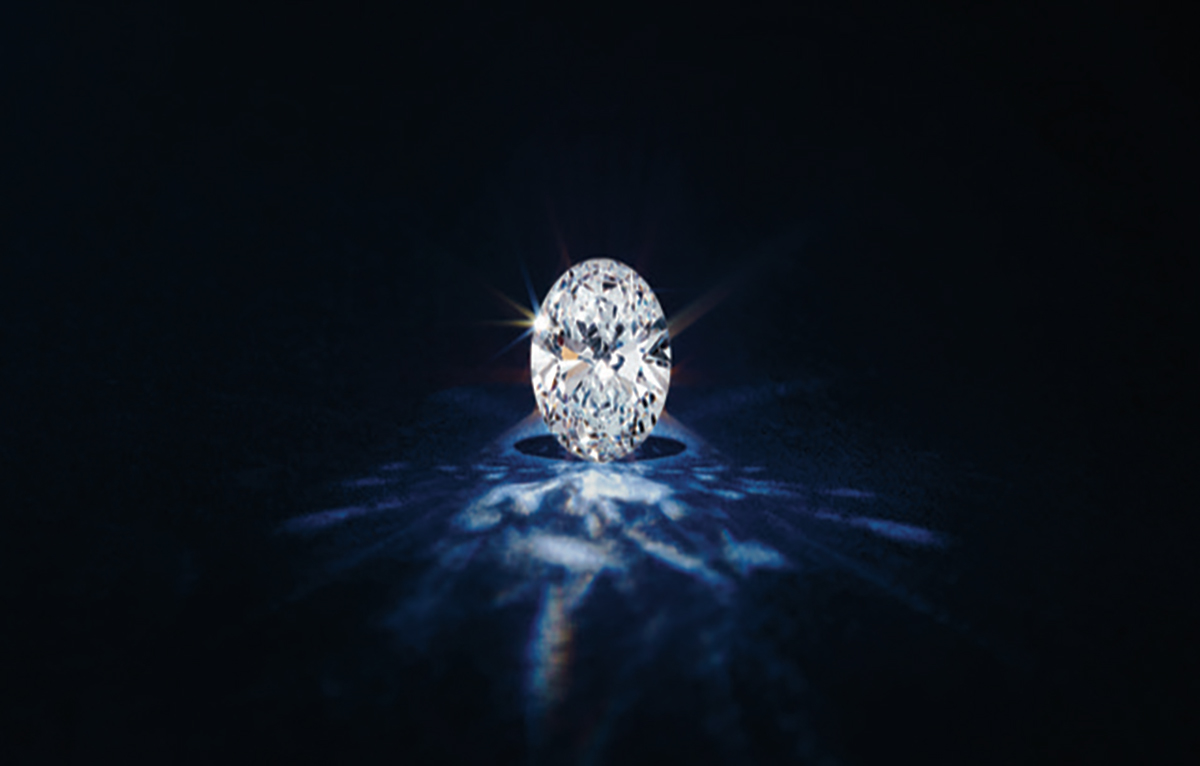In the world of gemstones, few have captured the imagination and admiration quite like diamonds. Renowned for their brilliance, durability, and timeless allure, diamonds have long been the pinnacle of luxury and romance. However, in recent years, another gemstone has been steadily gaining popularity as a worthy alternative – moissanite.
What is Moissanite?
moissanite diamond is a naturally occurring mineral, originally discovered in 1893 by French scientist Henri Moissan in a meteor crater in Arizona. Its chemical name is silicon carbide (SiC), and it possesses many properties that make it an exceptional gemstone. While moissanite was initially found in very small quantities in nature, today’s moissanite gemstones are predominantly lab-created, utilizing advanced technology to replicate the natural process that forms these crystals.
Characteristics and Appeal
Brilliance and Sparkle: Moissanite is renowned for its exceptional brilliance and fire. Its optical properties often exceed those of diamonds, with a higher refractive index and greater dispersion, resulting in a dazzling display of light.
Durability: Ranking close to diamonds on the Mohs scale of hardness (9.25 for moissanite versus 10 for diamond), moissanite is highly resistant to scratching, chipping, and breaking, making it suitable for everyday wear.
Affordability: One of the most appealing aspects of moissanite is its affordability compared to diamonds of similar size and quality. This accessibility allows individuals to choose larger or more intricately cut stones without the high price tag of diamonds.
Ethical Considerations: Unlike diamonds, which can sometimes be associated with ethical concerns regarding mining practices, moissanite is produced in controlled laboratory environments. This makes it a popular choice for those seeking a more ethically sourced gemstone.
Why Choose Moissanite?
Cost-Effective Luxury: Moissanite offers a luxurious appearance at a fraction of the cost of diamonds, making it an attractive option for engagement rings, wedding bands, and other fine jewelry.
Versatility: Its durability and brilliance make moissanite suitable for a wide range of jewelry designs, from classic solitaires to intricate vintage settings.
Environmental Impact: Lab-created moissanite has a minimal environmental impact compared to diamond mining, making it a more sustainable choice for environmentally conscious consumers.
Caring for Moissanite
While moissanite is highly durable, it still requires care to maintain its brilliance over time. Cleaning with mild soap and warm water, using a soft brush, is typically sufficient for regular maintenance. Avoid harsh chemicals and ultrasonic cleaners, which can potentially damage the stone or its setting.
Conclusion
Moissanite represents a remarkable alternative to lab diamonds offering exceptional beauty, durability, and ethical peace of mind at a more accessible price point. Whether chosen for its sparkling brilliance, its environmental benefits, or its affordability, moissanite continues to grow in popularity as a gemstone of choice for discerning consumers worldwide. As technology advances, moissanite’s allure is only set to shine brighter in the world of fine jewelry.




